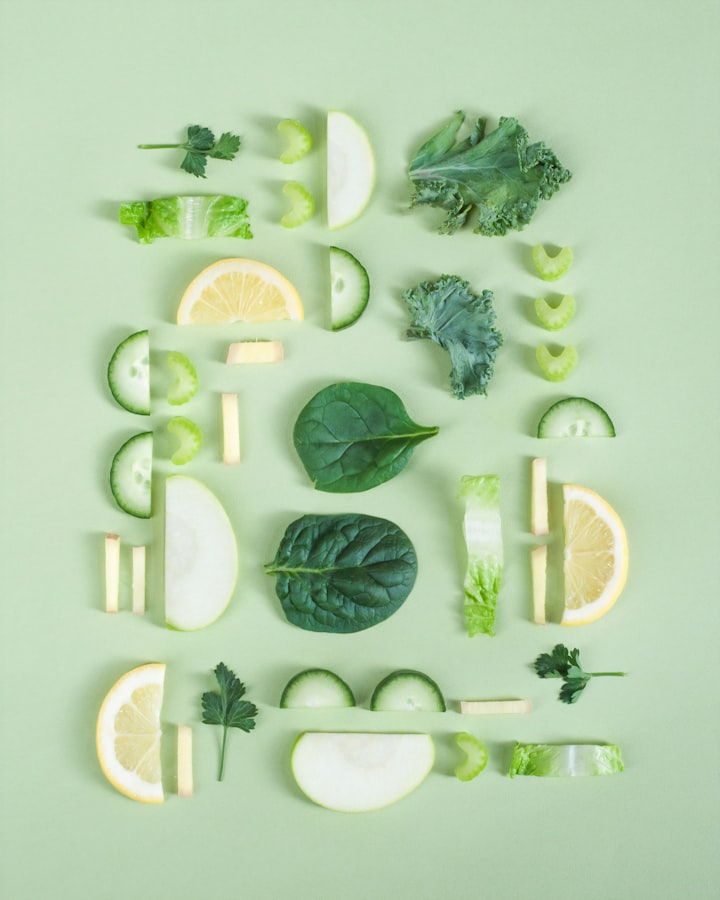Digestion
How the digestive system works.

People on the earth consume one to 2.7 kg of food each day on average.
That equates to more than 365 kg annually and more than 28,800 kg in a lifetime per individual.
And every last remnant passes through the digestive tract.
Having ten organs spread across nine meters and more than twenty distinct cell types, this is one of the human body's most complex and varied systems.
Its components constantly cooperate to complete a single function: converting the food's basic ingredients into the nutrients and energy that sustain life.
The digestive system consists of four primary parts that run the length of your torso.
First, there's the gastrointestinal tract,
a food-transporting, spiraling canal with an internal surface area of thirty to forty square meters—enough to cover half of a badminton court.
The liver, gallbladder, and pancreas are the other two organs that use a variety of unique liquids to break down food.
Third, the body breaks down food, regulates the digestive process, and delivers its end products through the cooperation of hormones, nerves, blood, and enzymes.
Last but not least is the mesentery, a broad band of tissue that arranges and supports each of your digestive organs so they can carry out their functions in the abdomen.
Food doesn't even reach your tongue before the digestive process starts.
Saliva starts to flow from your mouth's glands as you anticipate a delicious mouthful.
Every day, we generate approximately 1.5 liters of this fluid.
Once food is in your mouth, chewing and sloshing saliva combine to form a moist lump known as a bolus.
Saliva contains enzymes that break down any starch.
Your meal then finds itself at the edge of the esophagus, a 25-centimeter-long tube that it must pass down in order to enter the stomach.
The presence of the bolus is detected by nerves in the surrounding esophagus tissue, which then causes peristalsis, a sequence of well-defined muscle spasms.
This forces the food into the stomach, where the strong walls of the stomach hold it in place and break it up into smaller pieces.
Hormones generated by lining cells cause the stomach wall to release acidic and enzyme-rich fluids that begin to breakdown food and break down its proteins.
In order to prepare for the following phase, these hormones also tell the pancreas, liver, and gallbladder to release digestive juices and transport bile, a yellowish-green liquid that breaks down fat.
The once-shapely bolus is now a frothy liquid known as chyme, and it's ready to travel into the small intestine after spending three hours within the stomach.
Bile is sent by the liver to the gallbladder, which then secretes it into the duodenum, the first part of the small intestine.
Here, it dissolves the lipids floating in the chyme slurry, making it easier for the pancreatic and intestinal fluids to digest them once they emerge.
For simpler absorption into the body, the fat molecules are broken down into fatty acids and glycerol by these enzyme-rich fluids.
Additionally, the enzymes complete the breakdown of proteins into amino acids and carbs into glucose.
This occurs in the lowest sections of the small intestine, the ileum and jejunum, which are covered in millions of microscopic projections known as villi.
In order to enhance chemical absorption and transference into the blood stream, these generate a large surface area.
The blood completes the last portion of its journey to nourish the tissues and organs of the body.
However, it hasn't ended yet.
Excess fiber, water, and dead cells that are shed during digestion find their way into the colon, or large intestine.
The majority of the leftover fluid is expelled by the body through the intestinal wall.
All that's left is a stool-like mushy lump.
This byproduct is forced into the rectum by the colon, and when it expands, nerves inside the pouch alert the body to the need to release the waste.
After a lengthy voyage that usually takes between 30 and 40 hours, the food's journey comes to an end when the byproducts of digestion pass via the anus.





Comments
There are no comments for this story
Be the first to respond and start the conversation.